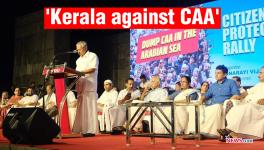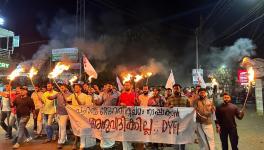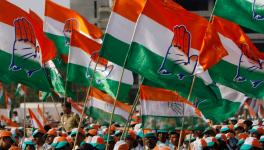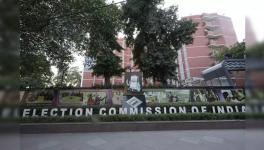Rebuilding Kerala: People-Centric Adaptation Holds The Key
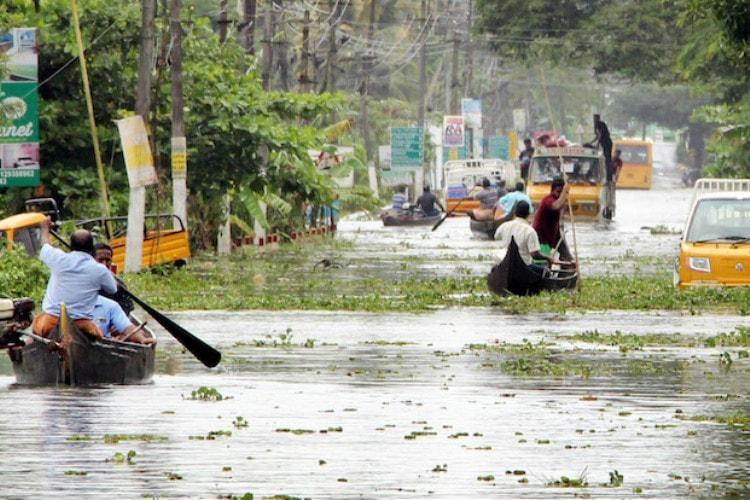
The recent floods and landslides, the consequence of an extreme event relatively unprecedented in scale and intensity, have brought into focus the serious challenges that Kerala faces with regard to the question of adaptation. Adaptation needs to be understood as a two-fold question. On the one hand, the process of development raises new aspirations, new demands and pressures and new needs. This requires some major transformations in the way, traditionally, society and the masses have adapted to the environment and the use of natural resources, especially extreme events. The second is the realisation of the need to adapt to the reality of global warming and the increased threat of extreme events.
The two, of course, are not unrelated. But the first is in some sense primary, since such adaptation is required even if there were no global warming. Development leads to the creation of new assets, new infrastructure and new forms of productive activity, both public and private. A disaster of the same magnitude as one in earlier times can lead to far greater losses if preventive measures are not taken to protect the fruits of development. It is clear that the current Kerala floods have led to much greater losses than the flood of 1924, simply because of the advances that the state has made since then. Only a die-hard, fundamentalist romantic would argue that these advances were uncalled for.
READ MORE: Post-Flood Kerala: Special programme SRADDA to Control Diseases
On the positive side, the new content of such adaptation is that we can examine many questions afresh. In the past, adaptation took place from within the embrace of poverty and deprivation, from the perspective of a colonial society that was backward in the development of its productive forces. Today, we can, particularly in Kerala, re-examine issues with new resources, new capacities and a new imagination.
Global warming, however, forces us to also think of a changing future. Not only do we need to protect and enhance what we possess today, earned through the hard labour of the masses, we also need to ensure that what we build today is not again rendered vulnerable to loss and damage in the future. Obviously, it is difficult to plan for a century ahead. But in terms of infrastructure, patterns of productive activity, and general material well-being, we need to be reasonably secure at least in the medium-term. In saying that this adaptation is secondary is,of course, not to diminish its importance, which is particularly true for a developing society.
Two Key Directions
There are clearly two distinct directions in which we may proceed on both kinds of adaptation. One direction is to argue that the first and foremost duty of the government and society is to get people out of harm's way. As a result, it is further argued, it is necessary in the first instance to locate where the vulnerable population may be moved, to relocate them and then enable them to find new avenues of employment and livelihoods. Benevolent though such an attitude sounds, it is often unfortunately founded on the view that people should never have been there in the first instance – and the simplest, most convenient solution, is to move them out of the way.
READ MORE: Kerala Floods: How the State Govt. and the People Responded
On such kinds of solutions, unfortunately, both a technocratic and bureaucratic mindset as well as some kind of environmental activism tend to converge. The first mindset, however well-meaning in its origins, is driven by impatience, unwillingness to look for the best science and technology while claiming their solution is “efficient” or “pragmatic”. Alo, there is a reluctance to engage with popular will and creativity. Some of the activist approaches also converge into a similar view, since in their vision, human beings and society are the problem and they consider nature to have a primary claim. So, the first reaction is to say, “ I told you so,” followed by steps to restrict, ban and prohibit various activities in a number of ways – in the end to remove people from nature.
Inter-linkage of Communities and Environment
Unfortunately, both these mindsets forget that there is no “environment” without the lived experience and labour of the people. Communities have lived close to the coast, long before governments dreamed of coastal zone regulation. In the case of forests, the Forest Rights Act has tilted the balance somewhat in the right direction. But such a viewpoint has yet to be adopted in the case of coastal zones.
The case of Kerala is even more unique. Kerala's coastal regions have developed unique patterns of productive activity and consequently of livelihoods, especially over the last two to three centuries, possibly following on an even earlier history. Some locations, like Kuttanad, have been declared part of the global heritage in agriculture. Locations such as Munroe Island have seen their developmental gains being compromised due to new and adverse shifts in local biogeographical conditions – one example of the kind of threats that many coastal locations may face. Safeguarding people's lives and livelihoods in such regions requires thought and effort – these cannot be altered dramatically with the disaster being used as an opportunity.
READ MORE: Kerala Floods: From Rescue Efforts to Relief and Renewal Work
The other complex issues arise in the case of the high ranges in the Western Ghats. The landscape there has been irrevocably transformed by plantation activity and agriculture that is peculiarly tailored to the local environment. Is this heritage or is it to be condemned as unwanted colonial interference in a natural, pre-colonial landscape that must be restored? How far back in history are we allowed to go back to set right the “environmental” wrongs of the past?
Indeed, nowhere, let alone in Kerala, can one “restore” the environment to a pristine past – the way forward cannot but be a sustainable stewardship of the environment. This is the second direction that the State and Kerala society can take – a new way of solving environmental and adaptation challenges that takes into account the best available in science and in experience from around the world and connects it to the creative imagination of Kerala's people, keeping in mind both tradition and the gains of development, and looking to integrate them in sustainable fashion.
The Path to Rebuilding Kerala
This is not a theoretical debate any more. On understanding these questions and the possible answers to them hinge important aspects of Kerala's path to recovery and rebuilding. The desire to rebuild better to a qualitatively new standard is widespread in Kerala society. The issue is, however, the manner of getting there. While the discussions on the solutions and their implementation have to run their democratic course, one may try to underline some important aspects that must be accounted for. People, productive activity and employment and livelihoods must be part of the core of the solution.
Relocation is not the first option – it is an option that must emerge realistically as the only possible one amidst consideration of other options. Hazard mitigation must be taken seriously as a scientific and technological, techno-legal and governance issue and not evaded by relocation or opting out on developmental activity. Assistance and learnings must be sought not only from disaster-centred international organisations (the United Nations, financial institutions and NGOs) but also from national institutions of developed countries like Japan and the Netherlands, both outstanding in hazard mitigation management.
READ MORE: Kerala Floods: Lies, Dam Lies & Statistics
International and multilateral organisations tend to have a one-size-fits-all approach focused particularly on the least developed countries – Kerala needs something more and substantially different. Time must be allowed for careful scientific stock-taking of the disaster and its lessons – the flood and landslide mapping across the State as well as the State-wide biodiversity loss assessment, both announced by the government, are a hopeful beginning in this respect.
Rebuilding is an important and critical issue, a turning point in the contemporary history of the State. But it must be expressed and achieved in Kerala's own idiom and manner, on the basis of its own creative instincts. The State has arrived at this point in its history by investing in its people. Now is not the time to cede ground to those who are always impatient to refashion the State to fall in line with the dominant paradigm elsewhere, in the country and outside. For the future, as was noted in a related context, it “must build on, consolidate, and extend the achievements of the past, and not undermine the gains of a long history of public action in order to impose a capitalist, market-driven, income-growth-alone strategy of development on the people.” This holds equally true for rebuilding Kerala with the additional goal of people-centric adaptation.
Get the latest reports & analysis with people's perspective on Protests, movements & deep analytical videos, discussions of the current affairs in your Telegram app. Subscribe to NewsClick's Telegram channel & get Real-Time updates on stories, as they get published on our website.













